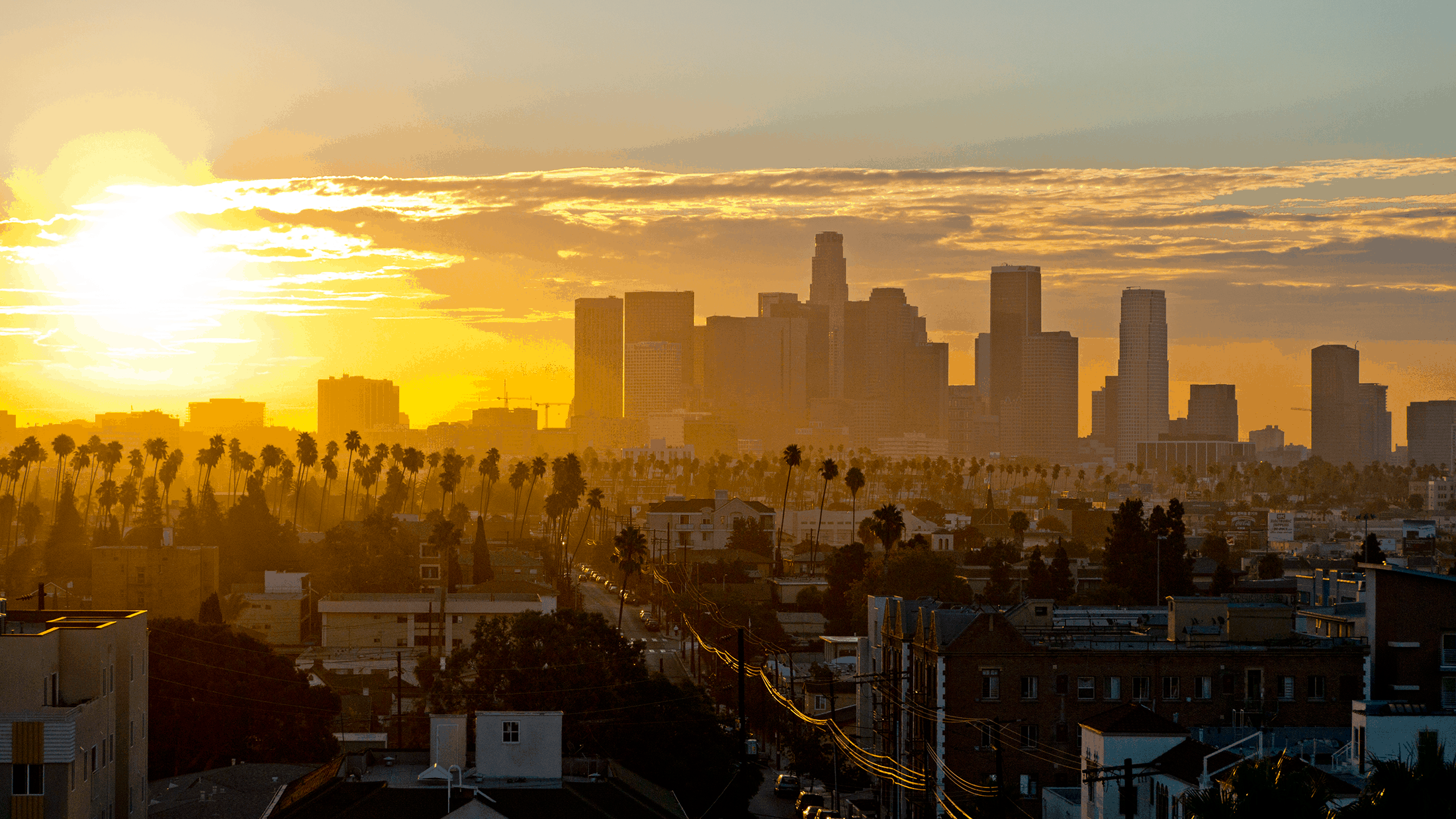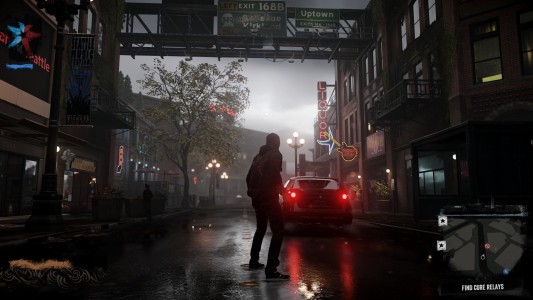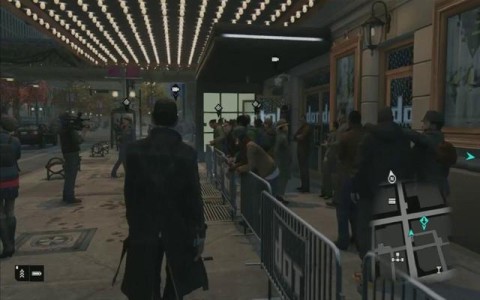Open world games have delivered us some captivating spaces to explore, leading to countless hours of discovery and self scripted adventures. It is in between in game cities or quest markers, off the beaten path where gamers can truly forge their own tales. These come in the form of random encounters with bandits on a road, being attacked by cougars in the western wilds, or finding other seemingly random events. Open worlds lend to endless possibilities, and if done correctly, make you feel lost in their vastness.
Today I wish to focus on modern open worlds, cities to be exact, and how they relate to their fantastic counterparts. Why is it that cities such as Skyrim’s solitude feel more alive than a virtual buzzing city with thousands more inhabitants and sights to see? What makes a superb sandbox city?
My personal favorite open world cities are SuckerPunch’s rendition of Seattle in both Infamous: Second Son and First Light, and Ubisoft’s Chicago in Watch_Dogs. While these two cities are far from perfect they are still quite striking in their own ways.
My first choice is simply an aesthetic one, The neon soaked, rain drenched streets of Seattle look absolutely stunning on Playstation. Subtle accents such as smoke rising in the distance from vents, or even Seattle public transit signage, just gave the city a lived in feel. Watching the train whizz above your head, sweeping up leaves around you just made you feel like you were in a real place. As a resident of New York City, things like this just feel familiar and real. Perusing various city hotspots and seeing cleverly named stores and places of business made me want to stop zipping my way across the game world, and really appreciate the subtle accents dev’s so caringly placed into this city.
The world of Watch_Dogs felt real in many similar ways. The high quality graphics definitely led to a sense of realism, but subtle accents really helped deliver the sense that this city is lived in. Watching npcs who actually looked as if they were living out lives, rushing to and fro, watching ferries sail along the cities edge in the distance, being able to enter certain venues such as bars, these things all helped build a beautiful city.
Now the fault of both of these cities? They felt like someone lived here, just not the player. I felt like an outcast, as a player character, aside from being sentient, we also rarely play an average joe, there is something unique about the character we are playing. In Infamous, your superpowers make you an outcast by narrative design. I couldn’t walk a block without someone shooting at me, allowing me very little time to appreciate the world around me. As a conduit you see more of the cities rooftops than anything else. The stories narrative alienated the player character, this city is not yours, it is not for you, you do not belong.
Watch_Dogs was again, similar in it’s faults. As Aiden Pearce, a notorious hacker, you are both a celebrity and public enemy in the eyes of law enforcement. NPC’s actively stopped in their tracks to take photos of you, which is a nice touch at first, also lends to the feeling that you do not belong. While police were not constantly hounding you, constant talk of your celebrity, and not being to interact with NPC’s in any other way other than robbing or killing them, made the world feel like an intricate tableau rather than a real city. Ubisofts habit of littering our minimaps with a million markers also lent to the city feeling like a construct rather than a place millions call home. The city begins to feel like a sprawling mass of filler, cute little exhibits placed between missions, side quests, and mini games.
One simply cannot mention open world cities without recalling Grand Theft Auto. Their massive open worlds have been the benchmark for sandbox games for generations. Why is their most recent city, Los Santos, my third favorite? Because even though we have reached gameplay so realistic that we need to file insurance claims for our totalled vehicles, it still feels fake to some degree.
Yes you can play as Joe Shmoe in things like GTA Online, but you are still incredibly powerful. The ability to drop helicopters from thin air with cheats, the ability to call my mechanic and have him deliver me a multimillion dollar sports car breaks the illusion.
How then? How do dev’s create open worlds that pull us in, that make us want to walk across its winding streets, investigate its darkened alleyways? Imagine being dropped in a city you have never been to? You would not have a minimap, you would not have markers, you would not have any sense of direction. Now couple this with the fantasy that gaming can deliver us, imagine having the ability to respawn or find some sort of usable items or currency. This is how game logic can mesh with real world emotions. By placing a player in a sprawling city, not spelling out every important area, and giving them tools and the ability to explore, we would be free to lose ourselves in the virtual labyrinths we see in modern open world games.
What is your favorite open world? How do you think open worlds can be improved upon?



